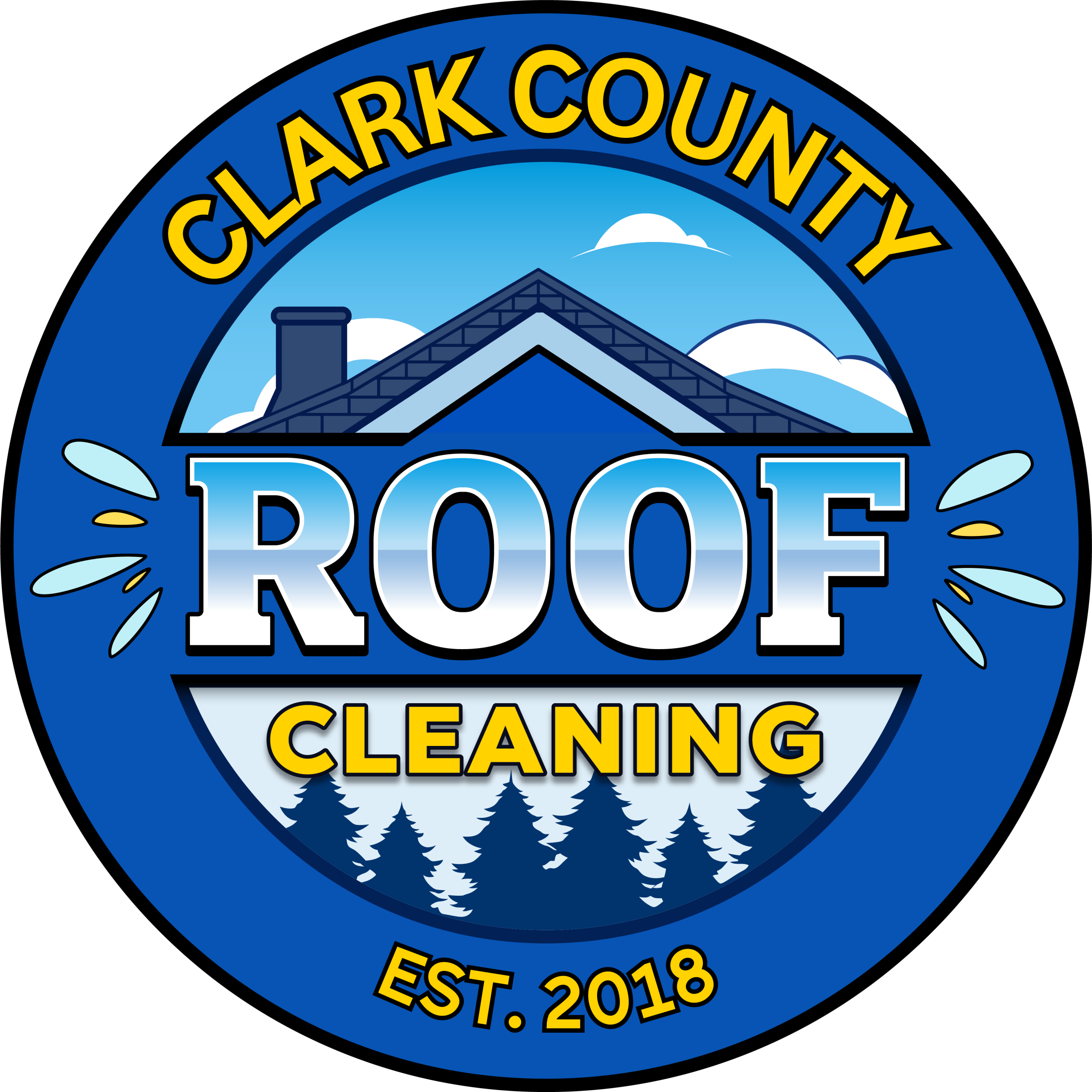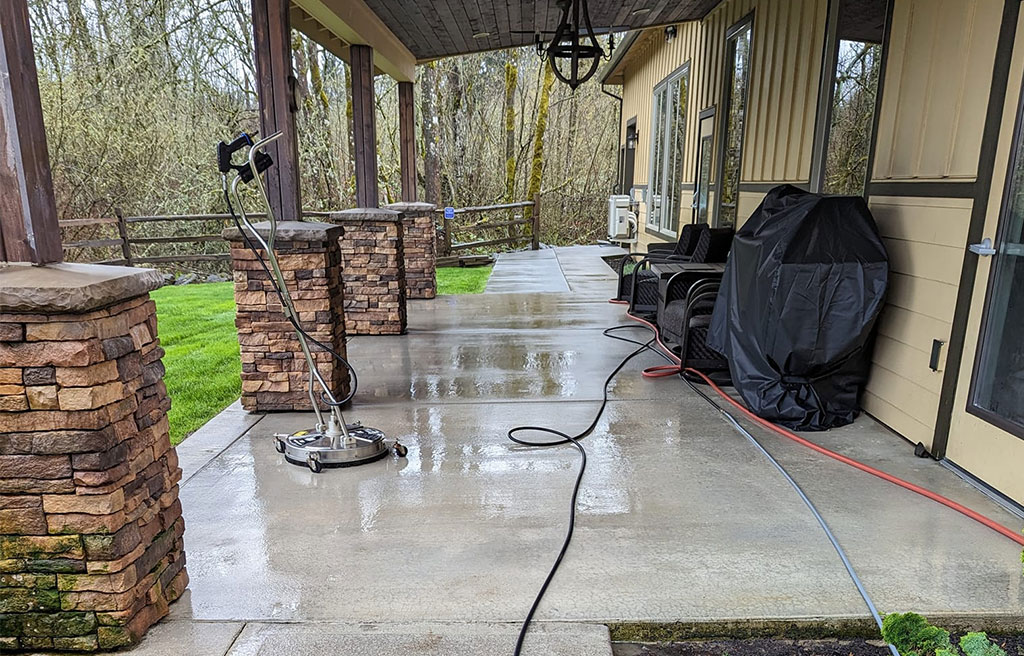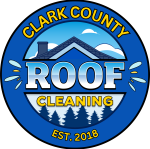Maintaining the exterior of your home is an often overlooked but crucial aspect of property upkeep. One highly effective method for preserving the aesthetic and structural integrity of your home’s exterior is pressure washing. This technique not only enhances the visual appeal of your residence but also safeguards its value and longevity. In this blog, we’ll delve into the importance of maintaining your home’s exterior cleanliness through pressure washing, covering its benefits, the process, and some tips for effective cleaning.
The Benefits of Pressure Washing
1. Enhanced Curb Appeal: First impressions matter, and the exterior of your home is the first thing visitors and potential buyers see. Over time, dirt, grime, mold, and mildew can accumulate on your siding, driveway, deck, and other outdoor surfaces. Pressure washing can instantly remove these unsightly contaminants, restoring your home’s original beauty. A clean exterior not only makes your home more inviting but can also significantly boost its market value.
2. Preventive Maintenance: Dirt and grime are more than just an eyesore; they can cause significant damage to your home. Mold and mildew, in particular, can degrade the surfaces they grow on, leading to structural damage if left unchecked. Pressure washing removes these harmful substances, preventing them from causing long-term damage. This proactive maintenance can save homeowners from costly repairs down the line.
3. Health and Safety: The buildup of mold, mildew, and algae on exterior surfaces isn’t just a threat to your home; it’s also a health hazard. These growths can contribute to respiratory issues and allergies. Additionally, slippery substances like algae on driveways and walkways can pose a risk of slips and falls. Regular pressure washing helps keep your home environment safe and healthy for you and your family.
4. Preparation for Painting and Renovations: If you’re planning to repaint your home or undertake other exterior renovations, pressure washing is an essential first step. A clean surface ensures better adhesion of paint and other materials, leading to a longer-lasting finish. Skipping this step can result in peeling paint and other issues that could have been easily avoided.
The Pressure Washing Process
Pressure washing involves using a high-pressure water spray to remove dirt, grime, mold, and other contaminants from surfaces.
Here’s a brief overview of how the process works and what it entails:
1. Choosing the Right Equipment: Pressure washers come in various models with different pressure levels (measured in PSI – pounds per square inch). For residential use, electric pressure washers with a PSI of 1,500 to 2,500 are typically sufficient. Gas-powered models are more powerful but also noisier and require more maintenance.
2. Selecting Appropriate Cleaning Solutions: Depending on the surface and the type of dirt or grime, you might need specific cleaning solutions. For example, mold and mildew removers are essential for areas plagued by these issues. Always choose biodegradable and environmentally friendly products to minimize impact on your garden and local water systems.
3. Safety Precautions: Pressure washing can be dangerous if not done correctly. High-pressure water can cause serious injuries. Always wear protective gear, including gloves and goggles, and never point the spray nozzle at people or pets. Be cautious when using ladders, as the force of the water can knock you off balance.
4. Technique and Best Practices: Pre-Washing: Before you start pressure washing, clear the area of any loose debris and use a broom to sweep away dirt.
- Test Patch: Test the pressure on a small, inconspicuous area to ensure it doesn’t damage the surface.
- Consistent Motion: Keep the nozzle moving in a consistent, sweeping motion to avoid concentrating the force in one spot, which can cause damage.
- Appropriate Distance: Maintain an appropriate distance between the nozzle and the surface. Typically, a distance of 6 to 12 inches works well.
Tips for Effective Pressure Washing
1. Know Your Surfaces: Different surfaces require different pressure levels and techniques. For example, vinyl siding can withstand more pressure than wood, which can be damaged by too much force. Stone and brick are more durable but can still be eroded by overly aggressive cleaning.
2. Regular Maintenance Schedule: To keep your home looking its best, establish a regular pressure washing schedule. Annually is a good starting point, but homes in particularly humid or rainy climates may benefit from biannual cleanings.
3. Hire Professionals When Needed: While DIY pressure washing can be cost-effective, certain situations call for professional expertise. Professionals have access to commercial-grade equipment and possess the experience to handle tough stains and delicate surfaces. They also understand the correct mixture of cleaning solutions and the appropriate pressure settings for different materials.
4. Consider the Environment: Runoff from pressure washing can end up in storm drains, potentially harming local waterways. To mitigate this, use biodegradable cleaners and avoid washing directly into drains. You can also landscape strategically to absorb excess water.
Conclusion
Maintaining the cleanliness of your home’s exterior through pressure washing is an investment in your property’s appearance, value, and longevity. It protects against damage, enhances curb appeal, ensures a healthier environment, and prepares surfaces for further renovations. By understanding the process, using the right equipment and techniques, and following a regular maintenance schedule, you can keep your home looking pristine year-round. Whether you choose to do it yourself or hire professionals, the benefits of pressure washing make it a worthy endeavor for any homeowner. Pressure washing isn’t just about aesthetics—it’s about maintaining the health and structural integrity of your home. So, the next time you notice dirt and grime building up on your home’s exterior, consider the advantages of a thorough pressure washing session. Your home will thank you.


